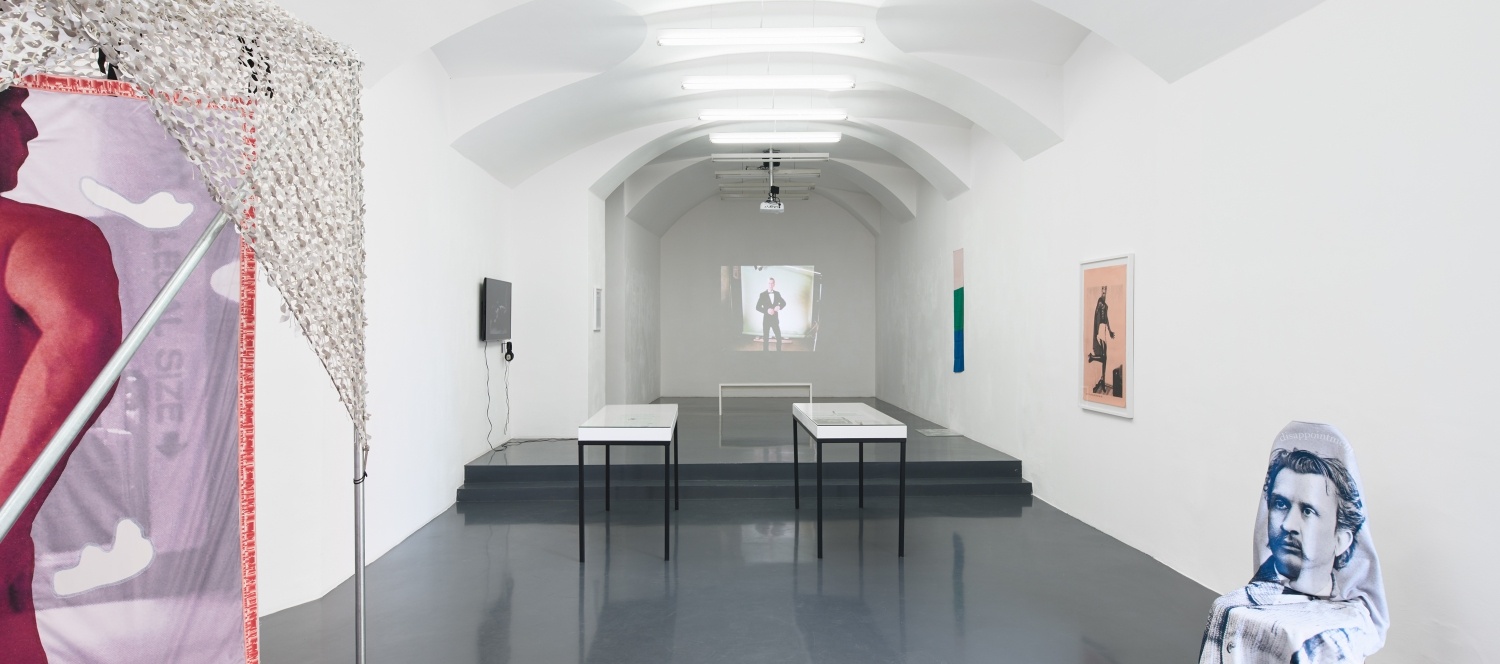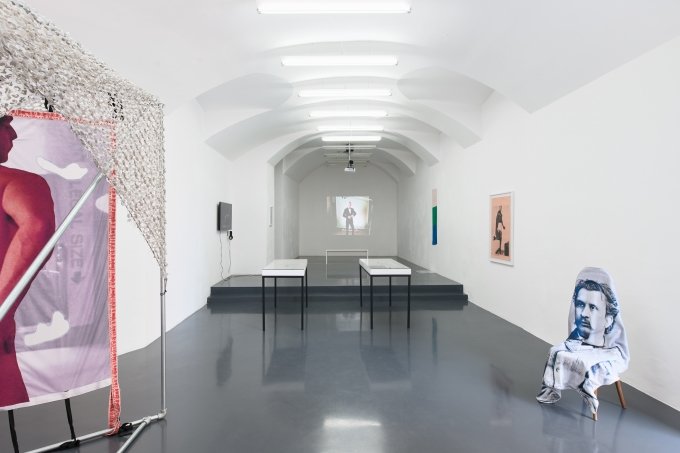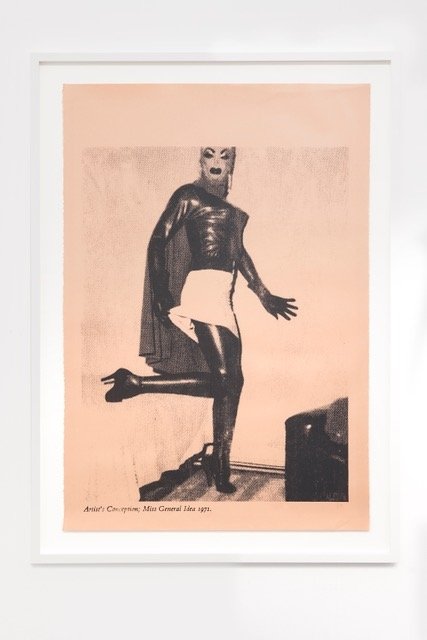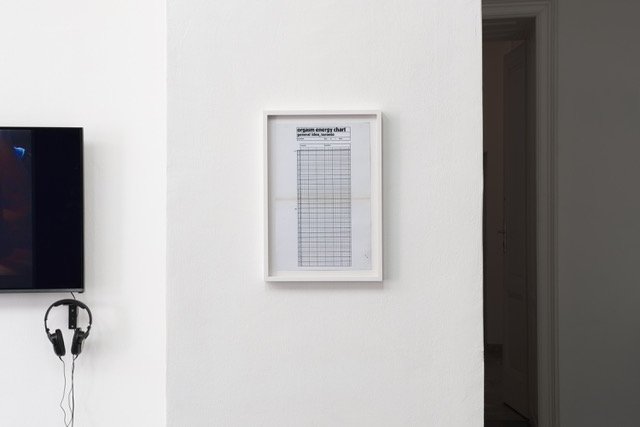»LIMP / curated by Paul Clinton« bei Galerie Emanuel Layr, Wien

Galerie Emanuel Layr
Seilerstaette 2/26, 1010 Wien
Österreich
KünstlerIn: Robert Blanchon, Cosima von Bonin, Michael Curran, General Idea, Lisa Holzer, Richard John Jones, Liz Rosenfeld
Titel: LIMP / curated by Paul Clinton
Datum: 13. September – 26. Oktober 2019
Fotografie: Courtesy the artist and Galerie Emanuel Layr, Vienna/Rome unless stated otherwise | Installation views: Maximilian Anelli-Monti
Ausstellungstext:
LIMP is an exhibition addressing the thorny issue of whether the circulation of queer or feminist imagery depicted as being transgressive, actually keeps sexual minorities marginalised. From Michel Foucault onwards, thinkers have argued that bourgeois culture does not repress but encourages what it sees as perverse, because this provides access to the thrills of rule breaking, whilst maintaining the divisions between who is and isn’t normal or respectable. Within the museum, artists like James Richards have argued that exciting queer content offers a momentary ‘thrill’ in the form of temporary exhibitions and events, that allows institutions to avoid making long-term structural changes. Writers like Tori Smith or Maggie Nelson have likewise complained that the transgressive associations of queerness create a marketplace of subversion, in which some marginalised people are not subversive or queer enough.
This exhibition collects together works which analyse or parody claims to transgression, taken from key points in the history of queer culture. Recognising the importance of open discussions of sex and desires, particularly in the wake of the AIDS pandemic which exacerbated the belief that certain acts were seen as shameful and dangerous, the works in this show are not anti-sex nor do they shy away from sexual subject matter. Neither do they embrace a kind of formalism, in which sexual content is obscured or depoliticised as purely aesthetic. Instead they try to address urgent issues of desire and sexuality whilst avoiding titillation. The works also refuse any idealisation of sex acts as innately powerful or world changing, depicting instead the realities of sexual disappointment, gaps between fantasy and its realisation, embarrassments, awkwardness and the comedy of sexuality. Here sexual politics stands in contest of the will to entertainment or visual pleasure, without giving up on being sexy.
- Paul Clinton




